Well after a brutally cold and wet winter here in Ohio its finally time to start talking about ice out panfish. Here in Southern Ohio our lakes are just now opening up for the first time in nearly 3 months. Within the next week or so most of Ohio will experience ice-out too. This rough winter has me thinking about 2 things, (1) I need to get out and fish now that its warm and the water is open, and (2) I bet those fish are ready to get out and eat too! For the last few years we have been fortunate here in Southern Ohio, most lakes stayed pretty much open all 12 months of the year. At times we would see a layer of skim ice or even the formation of an inch during a cold week or two, but that ice would soon melt and I'd be back on the water. So I guess in essence what I'm trying to get at here is, if anyone knows a thing or two about ice out fishing its us guys who fish along southern edge of the icebelt. We fish a series of ice out events all winter long.
Temperature
The first and most important aspect of ice out fishing is temperature, the second most important aspect is temperature, and third.....you got it, temperature. Once ice out occurs fish begin to relate to warmer water temperatures, wherever that may be. At first ice-out the fish are going to stay in the deeper basin of the lake, which is pretty typical of winter crappie fishing. However, as the sun begins to warm the surface water the fish will begin to migrate to shallow structure and cover. When I say migrate I don't necessarily mean that the move from deep to shallow water and stay there. No, in fact the fish will typically move shallow during the afternoon or evening and then fall back into the deep water after sunset when the surface water begins to cool. Now this is pretty generally speaking, of course other factors play a role too. Rip-Rap shorelines, concrete walls, boat ramps, etc. will collect and store heat from a day of sunshine, which will in turn heat the surrounding water. Warm rains pour into the creek arms of a lake and create water that's a few degrees warmer than the rest of the lake. Wind is another huge factor, a factor which is for the most part overlooked by kayak anglers. Wind blows you around and makes it hard to fish, so we often find ourselves tucking into a small creek arm to get out of the wind. This time of the year the wind plays a crucial role in "active" fish location. As the air temperatures warm up and the suns rays beat down on the lake, the surface water warms up rapidly. When a strong wind comes along, it begins to move that warmer surface water around. Now lets say we've had 30 hours of 10 mile per hour wind consistently blowing from the south, guess where all that warm waters been going?......to the north end of the lake. And guess whats happening at the north end of the lake? Minnows, phytoplankton, and game fish are taking advantage of this opportunity.....and so should you.
Location
Now we have already hit on a few locations such as rip rap, concrete structures, etc. that collect and hold heat during the spring, but there are a handful of other options that you need to be aware of. Old submerged vegetation can provide an angler with exceptional fishing for bluegills, crappie, and perch. Vegetation just so happens to be in the perfect place for fish seeking out cover in warmer shallow water. Its dense decaying stalks and stems serve as some of the best cover options for small minnows, which in turn attract panfish. As a general rule of thumb, find a shallow weed flat near deeper water and work the deepest portion of the weedline in the early morning and then move shallower until you find fish. I say find vegetation near deeper water for the pure and simple fact that during this time of year fish will be moving in and out of the deeper water as the surface water warms during the day and cools at night. Another option, and probably my favorite option, is submerged timber. Crappie, specifically on the lakes I fish, love to hang out in old fallen trees. Once again, using the same principal as we did for the weedline, find wood near deep water and work deep to shallow. Ideally if you can find a tree on a steep ledge...where its base sits in 3 feet or less and its top sits in 12 feet or more...that's where I'd fish. Again start near the deeper cover and work shallower as the day progresses. Fish attractors are also hot options, most lakes in Ohio have them and they are marked on the ODNR's maps. These "fish attractors" are placed in spots that are deep enough so that boats cannot run into them (typically greater than 4 feet deep) and are shallower than the thermocline (15 feet in most of the lakes I fish) so that fish can use them all year long.
Timing
This time of year is always hard for me.....typically I'm the kind of guy who gets on the water before everyone else and fishes all day long. By 4pm if I haven't had a good day, I'm probably ready to load up, go home, and get a bite to eat. However, this time of year that's when the fishing is at its best. The sun has been up for several hours, and air temperatures have just hit their peak for the day. Surface water temperatures are climbing and the fish are getting active. My advice is to sleep in a little, roll out of bed when you feel good and ready (maybe set an alarm if your one of those guys or gals who will hibernate all day long), load the kayaks up around noon, head to the local bait store and grab some minnows/waxworms, get on the water around 2pm, and fish until dark. Now I understand that for some of us this is nearly impossible after that brutal winter, everyone's eager to get out and fish. If your going to race the sun to the water, I advice you to give the evening bite a shot. Even if that means loading up your gear at noon, grabbing a bite to eat, and then heading back out for the evening bite.
Gear
For this type of fishing I like stay as light as possible. Now to be honest you can buy whatever rod and reel you want, the following rods and reels are
just what I've used in the past with success. As long as your rod is
light or ultra light power with a fast or extra fast action, and your
reel is in the 6lb test/110yard range you will be fine. I use a 5 to 6 foot ultralight or light rod paired with a small spinning reel. I'm currently using an 5' 6" Abu Garcia Vigilante light action rod that I picked up from walmart for around $30. It felt nice (and by that I mean its power, action, and graphite construction were perfect for jigging lightweight lures, and its length was great for casting float set-ups.) , and was priced right so I picked it up.
I only discovered afterwards that Abu Garcia does not claim this rod on their website, so I assume this is a rod designed specifically for walmart. I've used a dozen different rods for crappie and I can tell you that sensitivity is a must, however due to the nature of fishing around snags you tend to put a little extra stress on your rods. I have seen too many top shelf rods break when someone tries to break their line or dip their rod tip down in the water to pop their jig free. Highly sensitive graphite rods seem to be much more likely to snap than their fiberglass counterparts. Sure the top end manufacturers have lifetime warranties, but I'm not going to sit around and wait for my rod to be delivered while there are fish to be caught.....in addition the price of shipping could almost cover the cost of a cheap rod. Therefore, I don't buy expensive ultralight/light rods, that's just my experience. I've had the Vigilante for a little over 6 months now and its as good a rod as any I have ever used for panfish. For my reels I use a Mitchell Advocet with a line capacity of 110 yards of 6lb test. These are also fairly cheap at around $40, but they are some of the nicest reels on the market. In my opinion Mitchell has some of the most underrated spinning reels on the market, for both panfish and bass.
Amanda uses a Phlueger Trion GX-7 paired with a Shakeshpere Ugly Stik Pro Lite rod.....
The ugly stik light pro has a little softer tip which extends nearly 1/3 of the length of the rod, where as the Vigilante has a soft tip less than 1/4 the length of the rod. Both are fine choices in my opinion. In all honesty it all really depends on personal preference. I like to have a little more backbone (Power) in case I hook into a bass or channel cat. Like I said before, what ever you choose will be fine as long as its is a light or ultralight action.
I spool my reels with 4-6lb test monofilament. I don't use braid too often on my panfish rods because its just a
headache to tie knots and handle when your hands are numb and your line is freezing. Additionally I fish lakes with anywhere from 3 to 8 foot of visibility, and I feel that braid spooks fish more often than mono. With 4lb
monofilament I am confident in feeling even the slightest bite, so the added sensitivity of braid isn't worth the extra visibility in my opinion. When the air temperatures get really cold and the bite is tough I make the switch to Berkley Sensation 4lb test monofilament in orange, its a highly visible line and is super sensitive....perfect for seeing and feeling that slight tap.
Here's a picture I took when I first started using the orange line a few years ago....you'll notice how it disappears in the stained water. (note that the back part of the dock remains visible under the water but the orange line vanishes.)
Lure Choice
For lure selection this time of the year I stick with the same lures you would use while ice fishing, and to be honest I use them in a similar fashion (vertical jigging). Small spoons, ice jigs, 1/16oz jig heads with small plastics, etc. I prefer to go small for the simple fact that the fish are still a little lethargic this time of year, once the fish move shallow in preparation for prespawn (50-55 degree water temps) I'll move to the small crankbaits, twister tails, in-line spinnerbaits, etc.
There are two baits that I have tied on every trip, the first of which is a soft plastic paired with a 1/16oz jig head. My preference is Bobby Garland Baby Shad in a natural shad color (grey, blue, white, etc.), but sometimes I'll throw a black/chartreuse if the water is stained. Here's a few packs I had laying around that I had yet to get into.
My second choice is a tube bait, specifically Bass Pro Shops Squirmin' Squirt tubes. I prefer the same colors in my tubes as I do in my Bobby Garland Baby Shad. There is a distinct difference in the way the two baits work.....the baby shad has more of a darting action, where as the tube bait has a slow falling fluttering action. The hollow portion of the tube makes the tube bait more buoyant so its fall rate is much slower than the solid bodied baby shad. Sometimes that slow fall is exactly what the fish want, other times its the erratic fast darting of the baby shad. I prefer to search for the active fish first with the baby shad and if that fails, I'll switch to a tube bait.
For my second lure choice I go to a small ice jig, specifically K&E Stopper's Glitter Moon Jigs. These I tip with a wax worm, crappie nibble, or the supplied anise flavored bait that come with the moon jigs. This will catch fish when nothing else will. I use two techniques with these jigs, the first of which is a lift/drop method. I find the bottom and I lift it up 4 feet and let it flutter back down. Nine times out of 10 you will get hit on the fall, so take note of how long it takes your jig to hit bottom after you lift it. If for some reason your line goes slack before it should have hit bottom set the hook. The second technique I use when I know the fish are there (fish finder) but they aren't biting. I'll drop the jig down to the bottom and reel up the amount of line needed to put the ice jig right in the fishes face. I'll then put the rod in the rod holder and wait. I watch my line intently. More often than not the fish will swim up with your bait, causing your line to go slack and you won't see your rod tip shake. This is where the orange Berkley Sensation monofilament comes in handy.
Baits
We have already discussed a few baits that I use for tipping my moon jigs with, but there are several more options that I have and will use. Berkley makes several products that are just as effective as live bait, and are a lot easier to store and handle in a kayak. The above mentioned crappie nibbles are in their "Powerbait" line up. I prefer the white nibbles, but they offer them in a variety of colors. Here's a moon jig tipped with a crappie nibble, a nice small offering for just about any panfish that happens to swim by.
Berkley also offers a line up of "Gulp" products, which typically means that the baits are preserved in a liquid. Above I have pictured the gulp earthworms and the gulp fish fry. To be honest I rarely use the gulp earth worms, but if I run out of bait I will tear off small pieces and use them on my moon jig. The fish fry on the other hand has been a life saver on many trips. My only issue with them is, once you open the pack you pretty much have to use them all that trip.
My two favorite natural bait options are wax worms and live fathead minnows. As much as i'd like to think I could out-fish a guy throwing minnows under a float or on a jig head, the pure and simple fact is that I cant. More and bigger fish will come from live minnows than any other artificial option. Recently we made the switch from what bait stores call "crappie" minnows (small fathead minnows) to "bass" minnows (large fathead minnows) and discovered just how effective the larger minnows were. They do cost slightly more and take up more space in a minnow bucket, but they make for much better fishing. By making the switch we started picking up much larger crappie, more bass, a even a few catfish. We noticed that our numbers weren't affected by using the larger minnows so we continued to use them.
Safety
As I end this blog I was recently reminded how quickly things can go bad during cold water kayaking. My phone just made a notification sound, to which I saw a sheriffs report that someone had posted onto facebook. A 21 year old college student had overturned his kayak and never resurfaced this morning. Whether he had a life vest on or not I do not know. Just as a reminder for you guys and girls who read the blog, be safe and wear the appropriate gear. A life jacket should be worn at all times, and cotton clothes should be avoided if possible. I am no expert on this field as many of you have seen from a few of my pictures from last fall. I have since made the switch from blue jeans to neoprene waders, cotton hoodies to wool sweaters, etc. Have a plan of action before you ever get into one of these situations....tell you friend where your dry clothes are, where your keys are, etc. Make sure everyone is on the same page. Stay as close together as possible, he/she may just save your life.


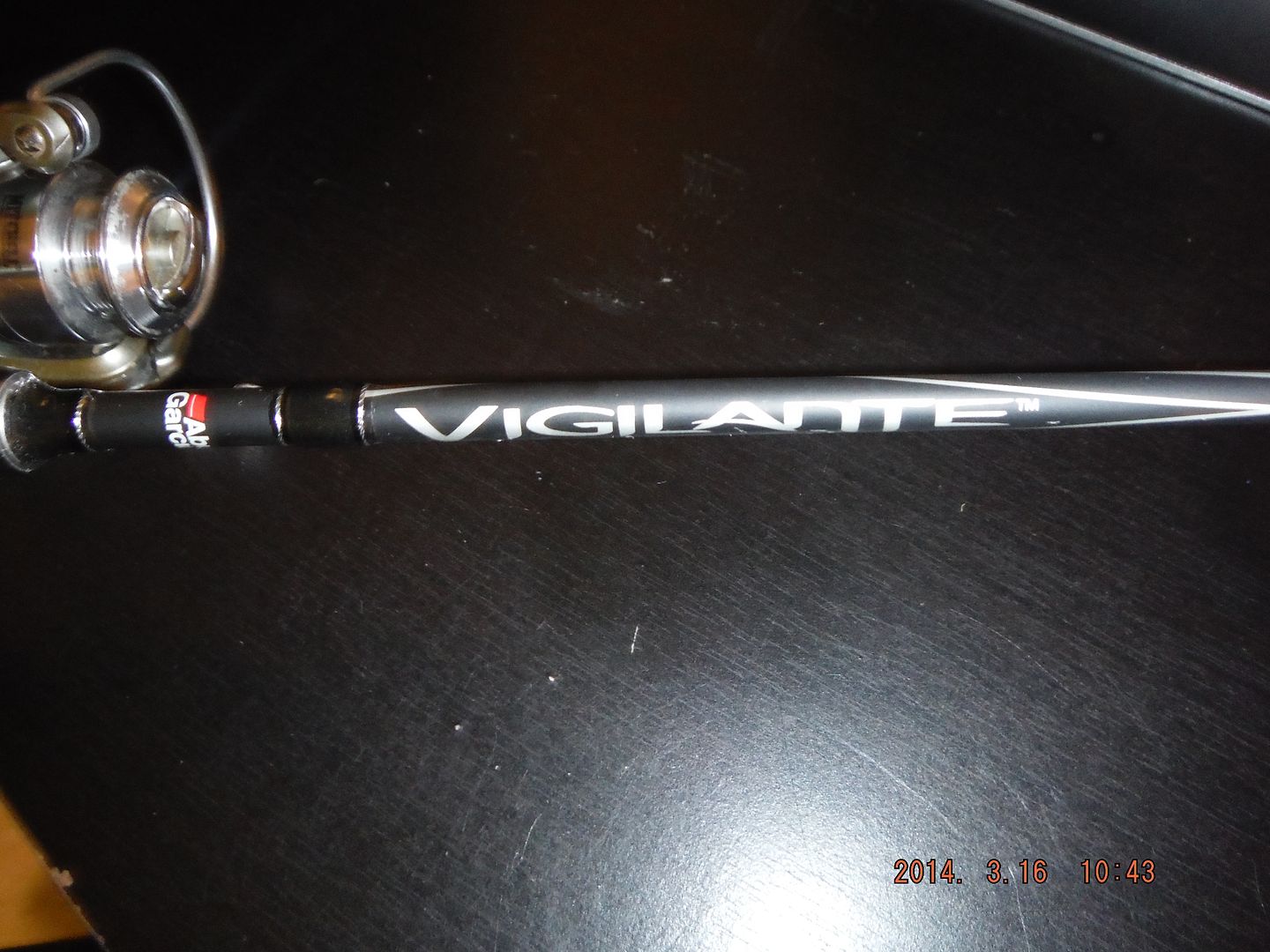

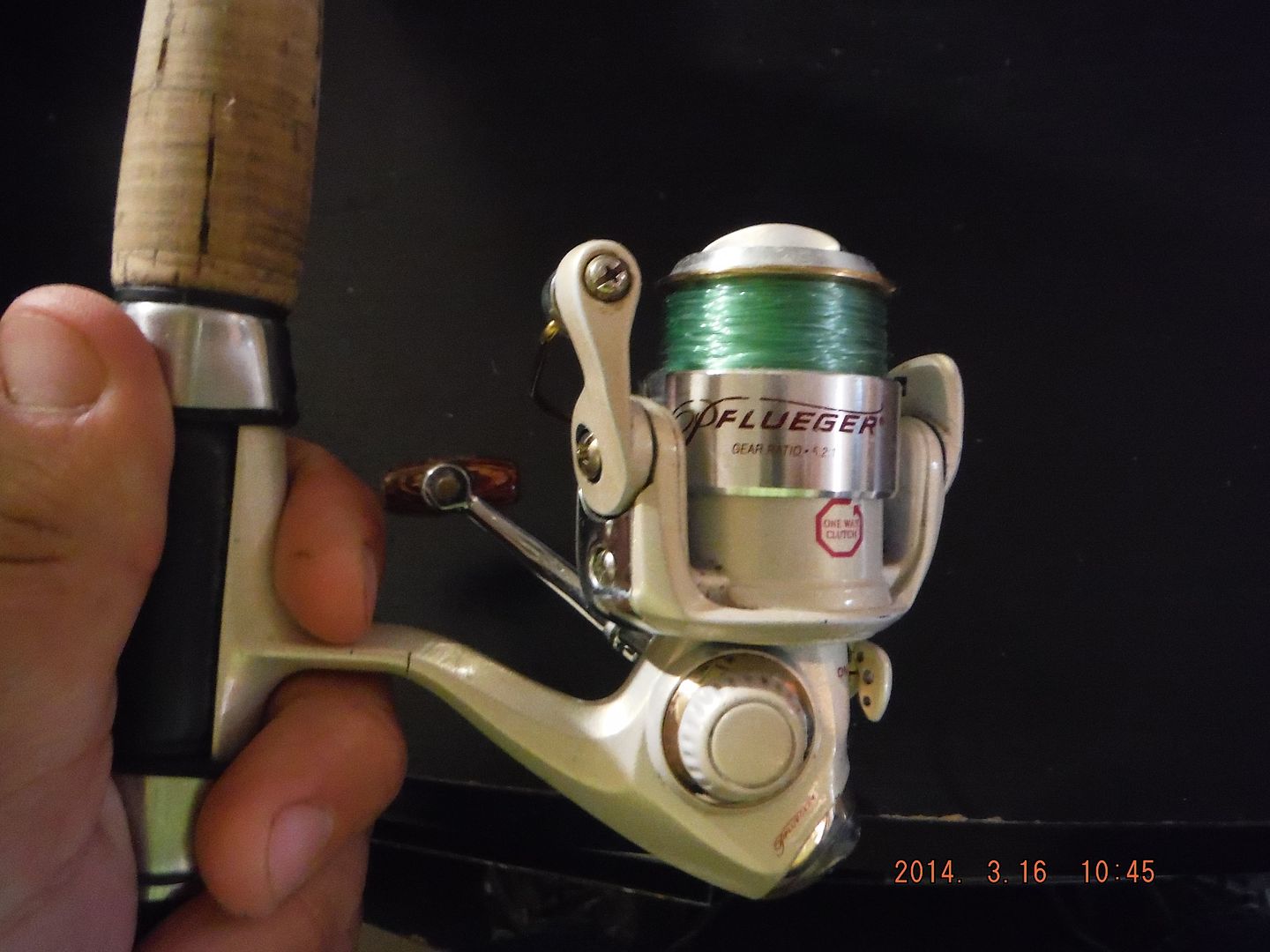
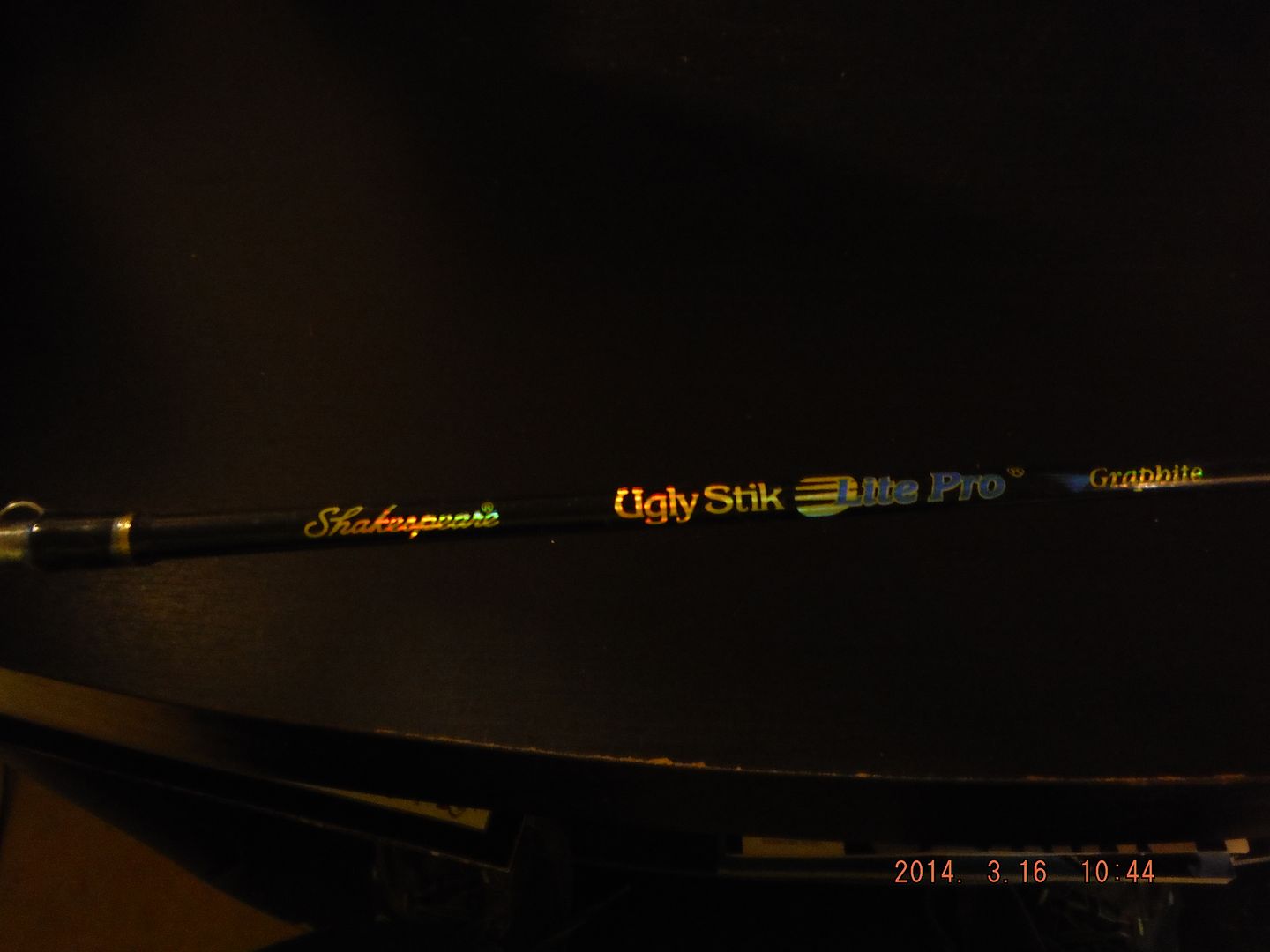
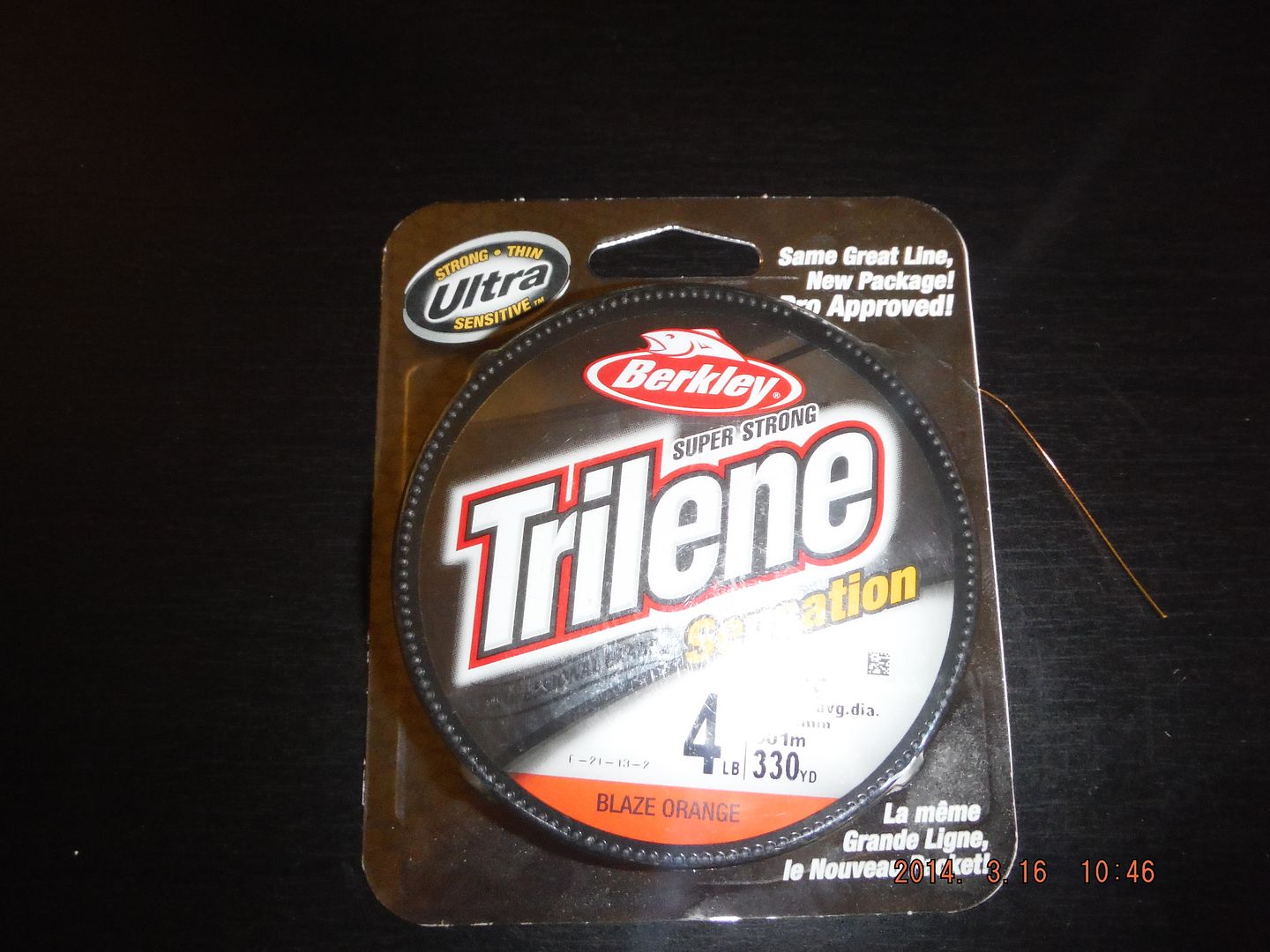
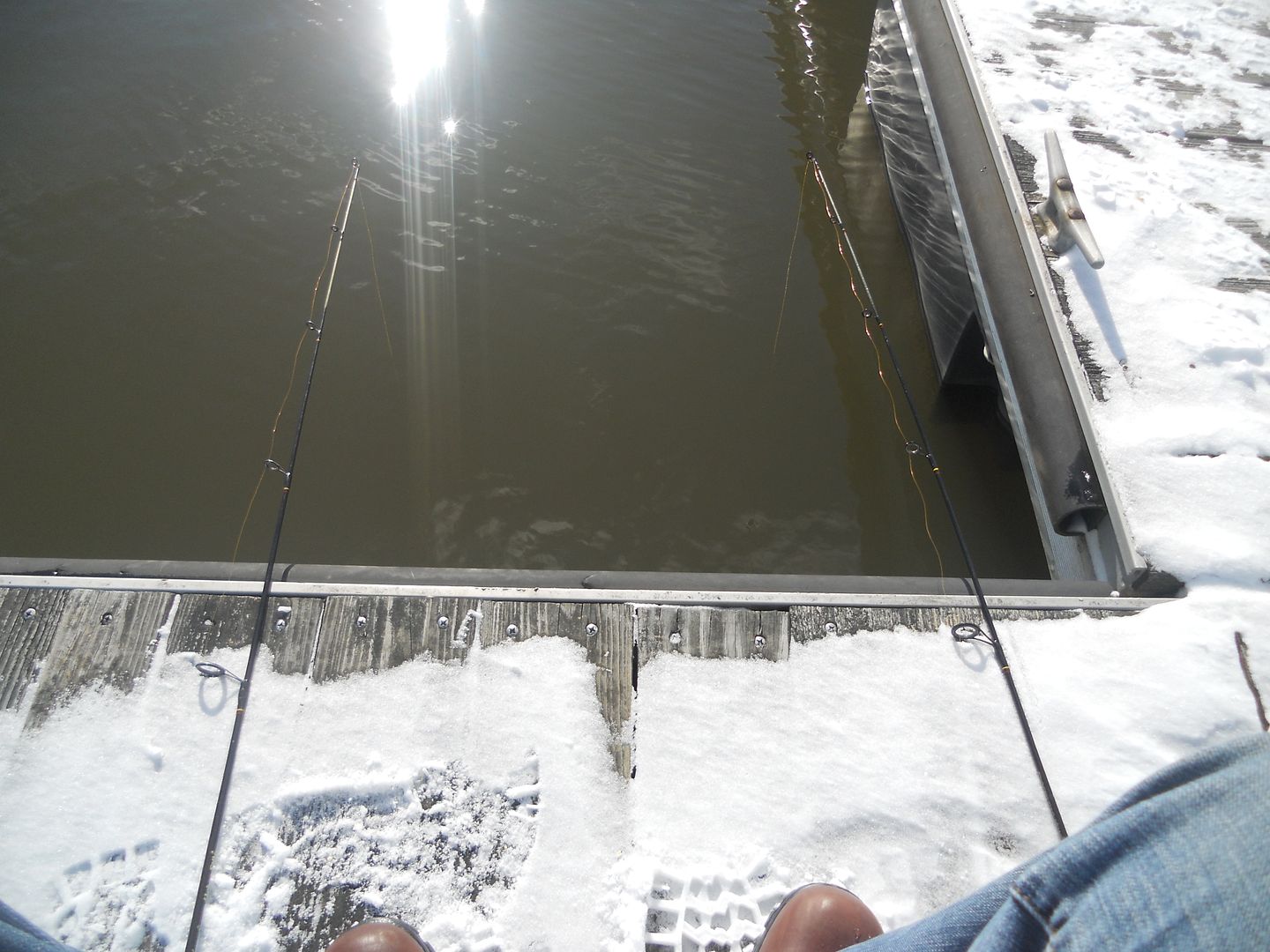
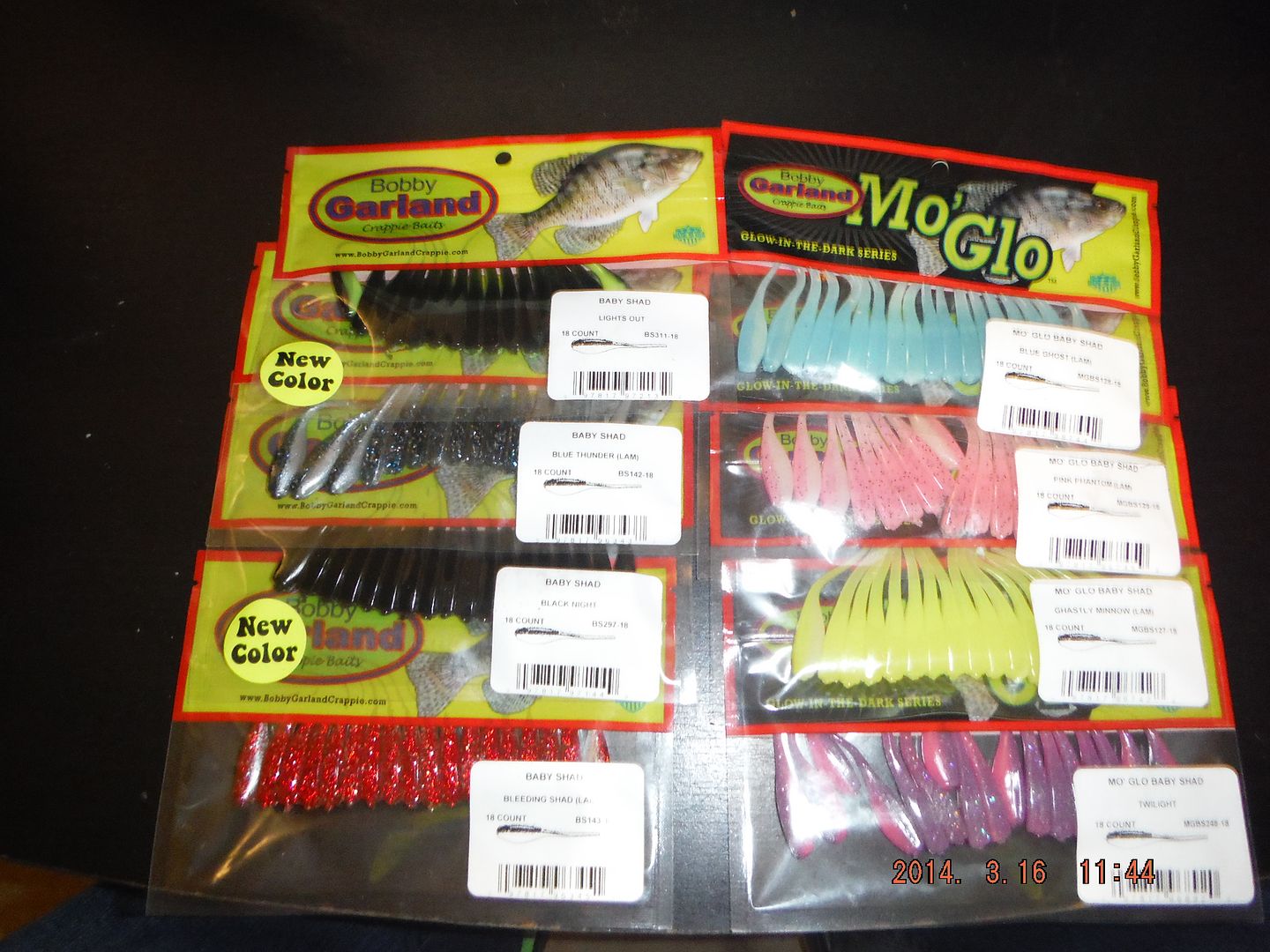

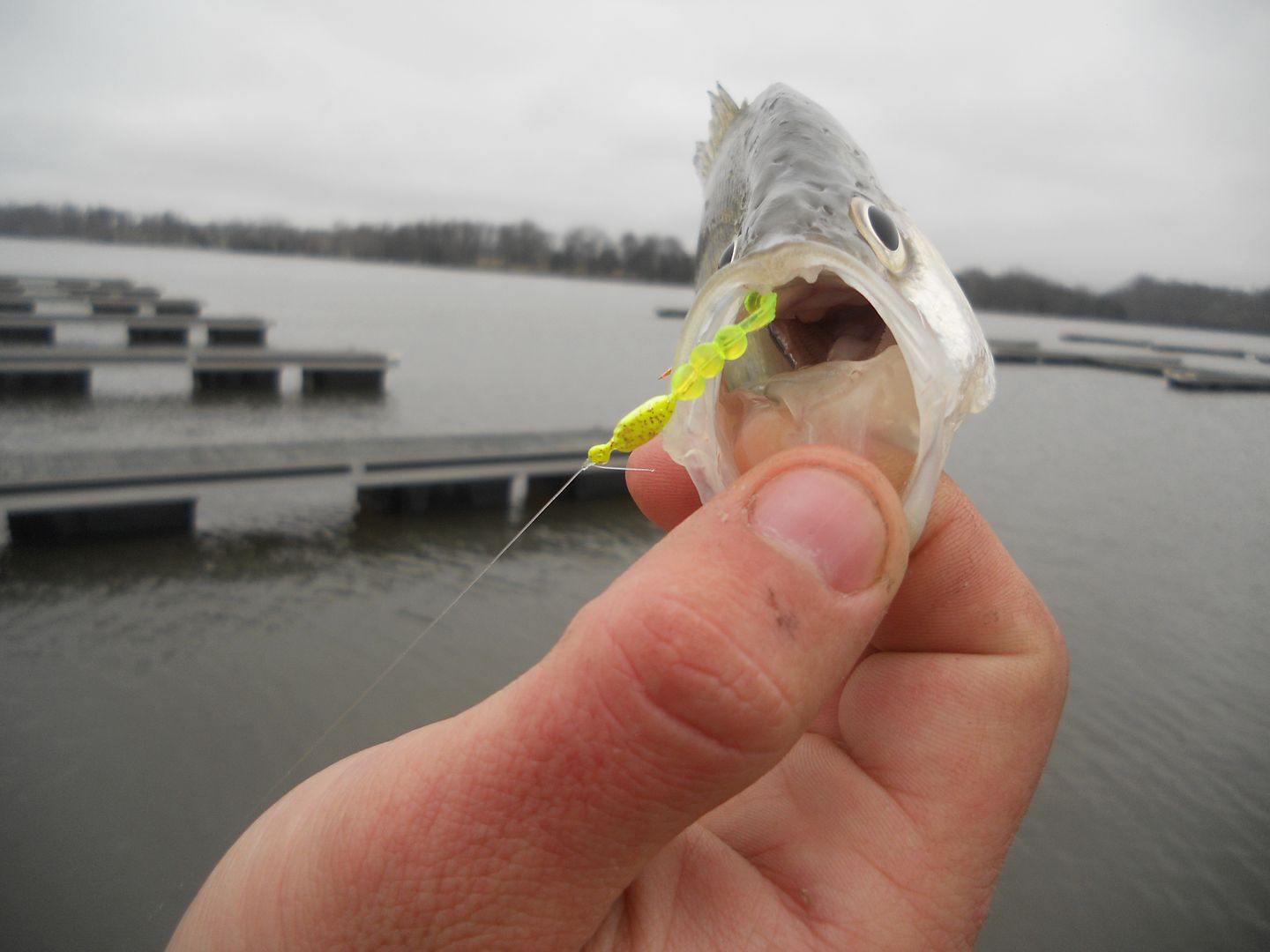
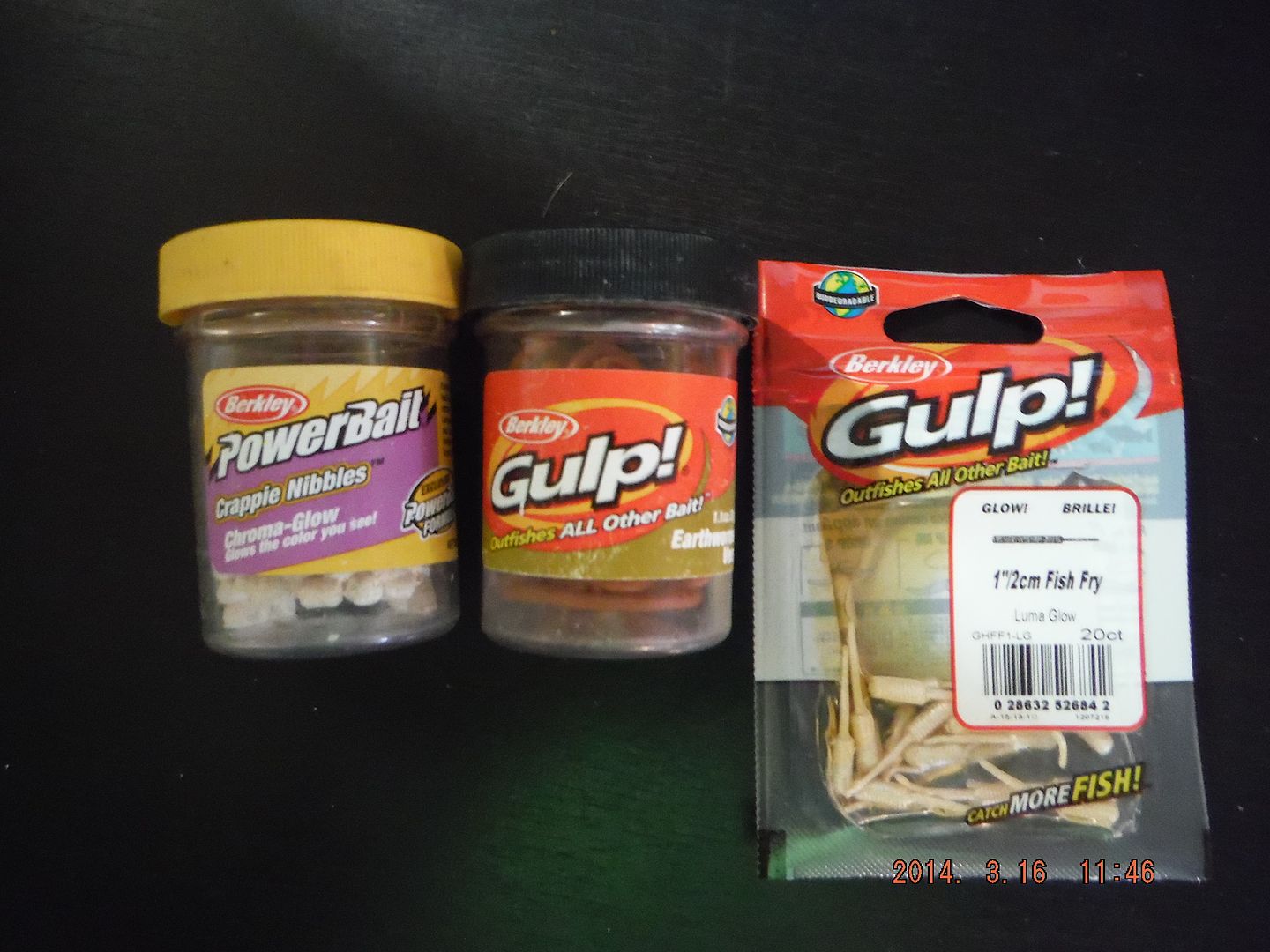
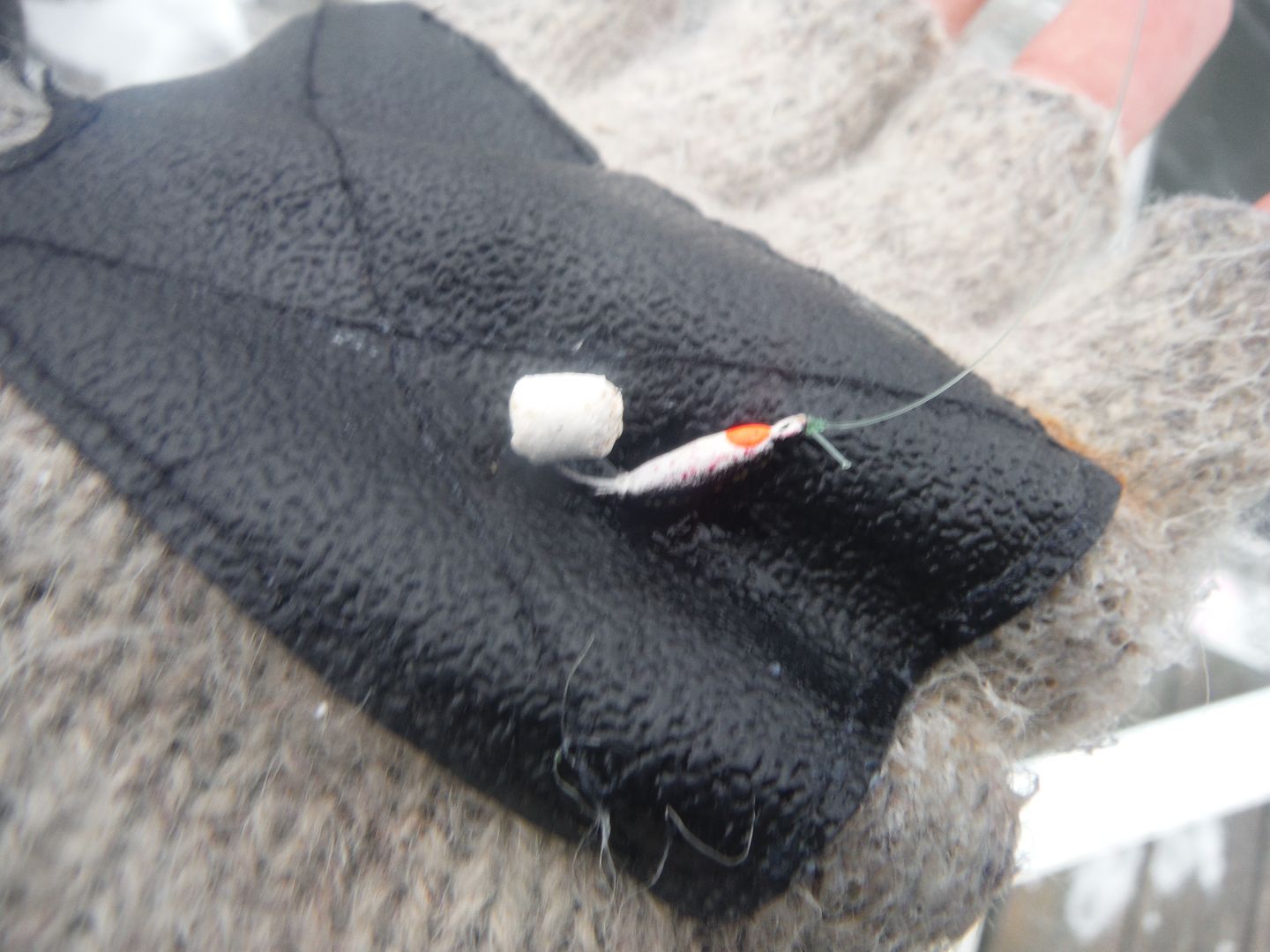
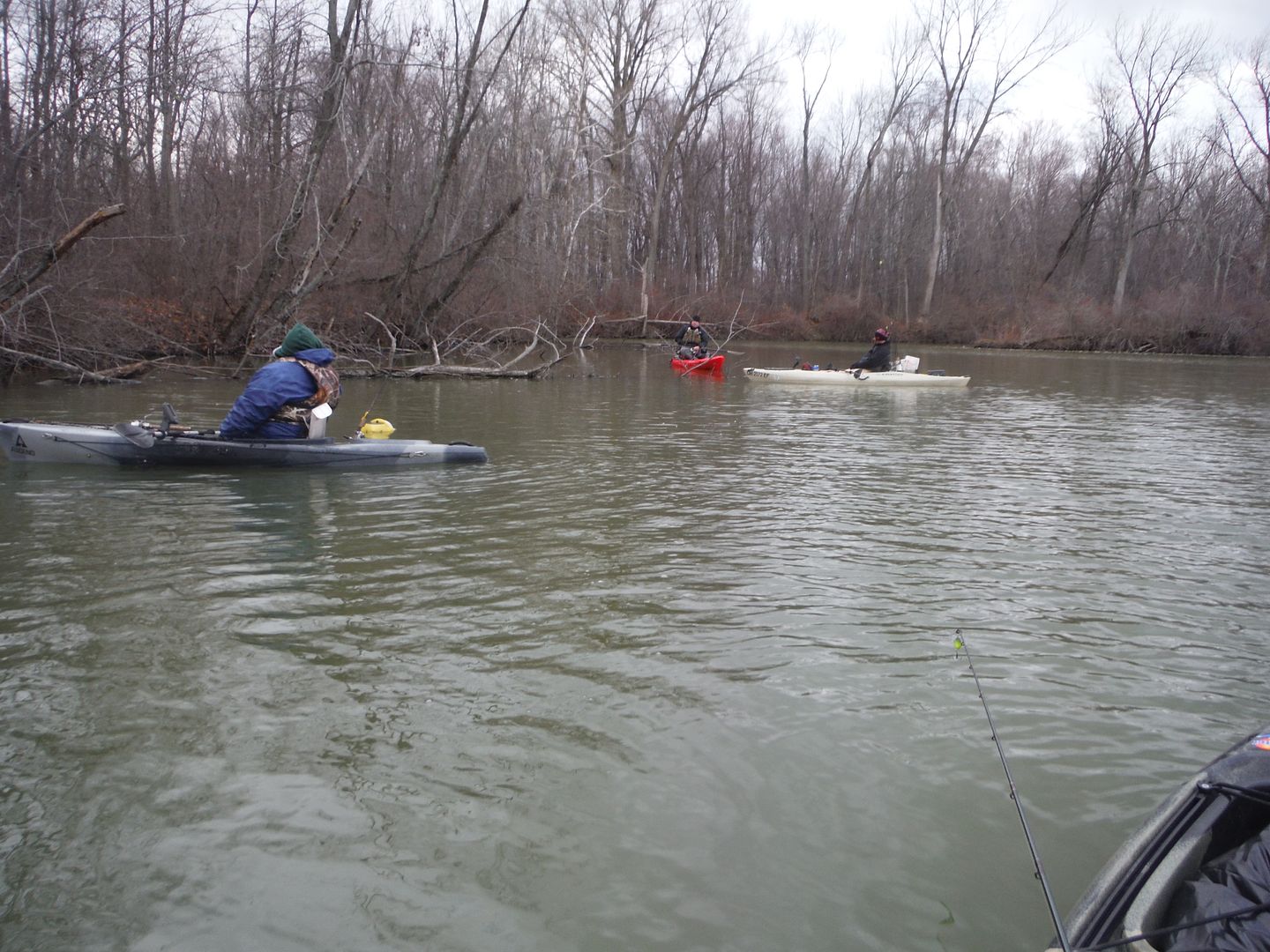
No comments:
Post a Comment